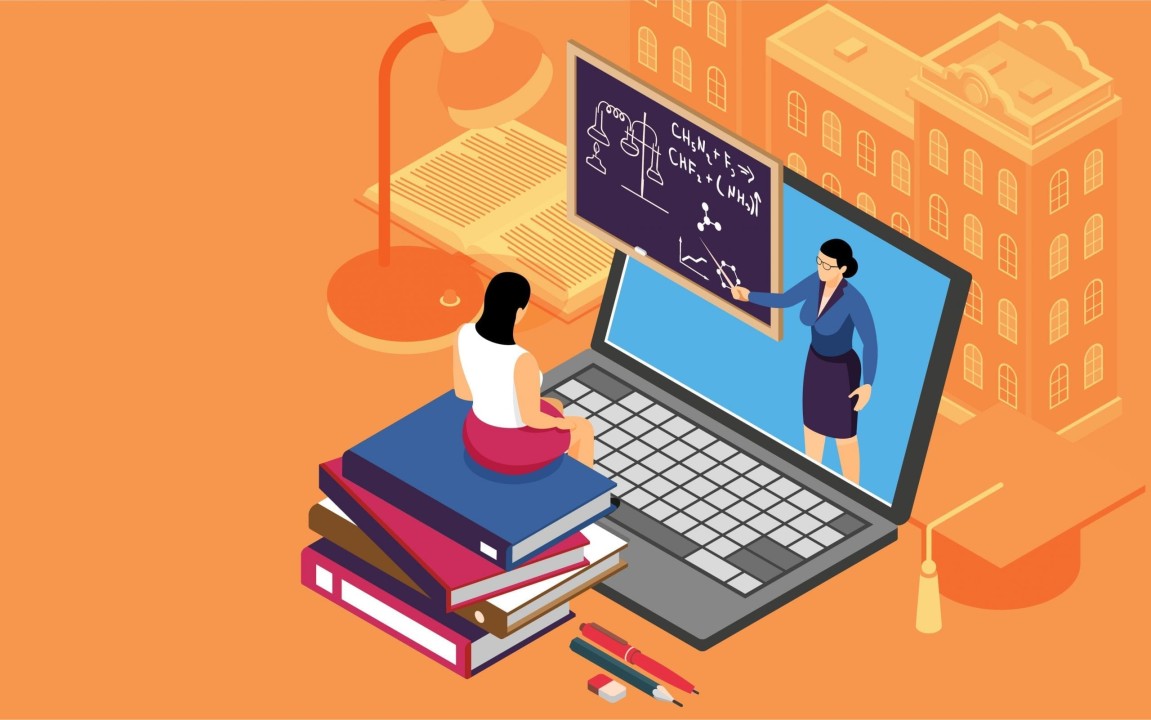Over the past decade, particularly in response to the Covid 19 pandemic, education has experienced one of the most important changes in its history. As an additional instrument for learning online, it has once become a central pillar of the world’s educational environment. From rural classrooms in developing countries to elite universities in large cities, the move to digital platforms has redefine how, where, and when learning occurs.
Easy development
Before 2020, online learning had steadily grown, but focused primarily on university and company training. However, the pandemic has forced a rapid shift. Billions of students from around the world had to go on far-reaching learning almost overnight. What began as a crisis response has since evolved into a long-term change in education.
Why does learning online stay here to stay here?
Several key factors drive the continuous increase in online learning:
1. **Accessibility and flexibility** Online education offers unprecedented flexibility. Students can study at their own pace, visit the materials again and access access to access access courses. For adults, supervisors, or students working remotely, this flexibility can change your life.
2. **Global Reach** Geographical barriers collapse. Kenyan students can take coding courses through MIT. A Brazilian high school allows students to learn graphic design from Canadian teachers. This opens up a world of knowledge and opportunity.
3. **Cost-effective** Online programs often reduce costs associated with travel, living space and physical infrastructure. Free and inexpensive courses, high quality education makes it more affordable and accessible to a larger audience.
4. **Personalized Learning** With the help of AI and learning analytics, online platforms can adapt to the pace and style of learners. Personalized feedback, interactive tools and real-time reviews will enhance your educational experience.
5. **Lifelong Learning Culture** Continuous upskiing is extremely important when industry develops. Online learning supports lifelong learning transactions, allowing individuals to explore new fields and explore new fields throughout their lifetime. The challenges of digital shifting Despite the many benefits, learning online is not without challenges. *** Digital Valley
**: Millions of students still lack trustworthy internet access, devices, or digital skills. **
*Engagement and Motivation**:
Online environments require self-discipline. Without personal interaction, some students need to address motivation and focus.
***Quality and reliability**
: Not all online courses maintain high standards. Ensuring consistent quality and perceived certification remains a problem.
***Social Isolation**
: Learning is a social process. Virtual classrooms often lack human connections and peer interactions in traditional settings. Innovation that shapes the future To address these challenges, pioneering educators and technicians is a new approach. *
**Hybrid Learning Model**
: The combination of personal lessons and online content offers the best world of both. *
**Virtual and Augmented Reality**
Immersive technology makes online learning more interactive and engaging.
***Micropolarity and Modular Course**
: Bit-sized modular content allows learners to create skills efficiently and on-demand. *
**Community-based Platform**: Discussion forums, group projects, and live meetings can help you regain the social aspects of learning. Equity in the digital age For online learning to fulfill its promise, it must address systematic inequality.
Governments, NROs and private companies need to invest in infrastructure, digital inclusion and teacher training. Education should not be a privilege determined by the student’s postcode or internet speed. Conclusion: Redefining education in a networked world The rise of online learning has shown a major shift in education and experience delivery. While there are no hurdles to transition, the possibility cannot be ruled out.
Move to a more integrated, more flexible and global learning ecosystem that reflects the reality and requirements of the 21st century. We are even more innovative and adaptable, but our focus on creation requires us to maintain a smarter, fairer and dedicated learning experience for everyone. Because in digital classrooms, all students get a seat.

Leave a Reply